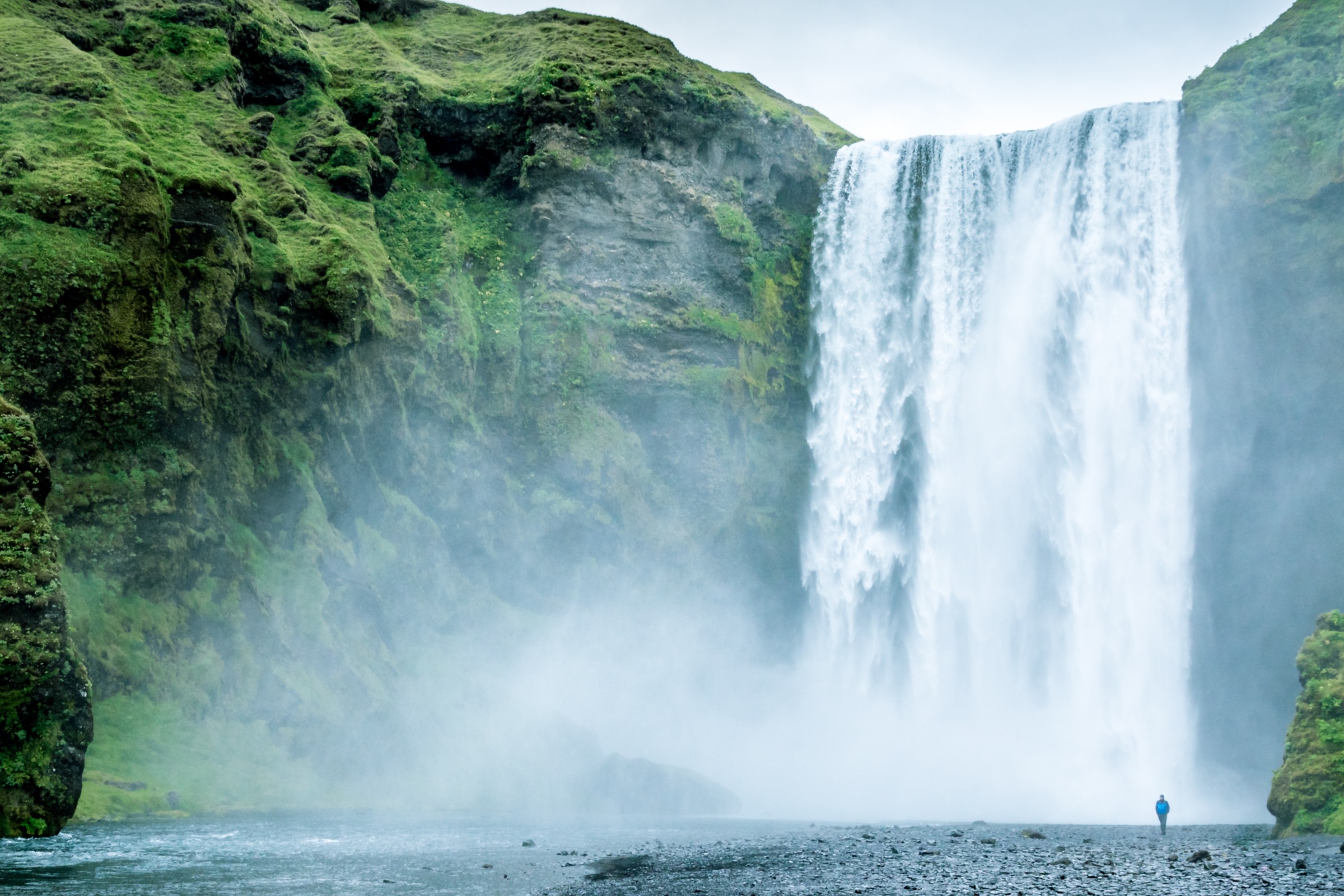When you try to come up with the Earth’s largest waterfall, there are a lot of factors to take into account. Some might break it down based on sheer size, the flow rate or volume of water coming through it, and more. But, if you ask the National Oceanic and Atmospheric Administration (NOAA), the answer is clear: the Denmark Cataract.
If that name doesn’t instantly sound familiar, don’t worry. It’s actually not a waterfall that most people would think about when looking at a list of the largest waterfalls in the world. Victoria Falls, Niagara Falls, and Iguazu Falls are all solid answers — and all produce some of the most spectacular views you’ll ever see.
But Earth’s largest waterfall isn’t actually found on land. It’s underwater. And unlike the Blood Falls in Antarctica, we know exactly why it formed the way it did.
That’s right, the Denmark Cataract, which is located in the Denmark Strait between Greenland and Iceland, is the largest waterfall in the world, at least based on size and downward flow. According to the NOAA, the Denmark Cataract is roughly 11,500 feet high — nearly two miles from top to bottom. Water is estimated to flow at 123 million cubic feet per second.
So, how exactly does the Earth’s largest waterfall end up being underwater? Well, the NOAA says that the Denmark Strait is home to several “cataracts” that cut deep into the sea floor. These cataracts begin at around 2,000 feet under the strait’s surface and then plunge to nearly 10,000 feet at the southern tip of Greenland. But the real trick is the density difference found between cold and warm water.
The NOAA says that southward-flowing cold water from the Nordic Seas meets the warmer water that comes from the Irminger Sea. Because the cold water is denser, it quickly sinks below the warmer water, sticking to the bottom of the sea flow. This causes it to become an underwater waterfall, where the downward flow creates massive amounts of turbulence. What’s even more intriguing, though, is that without scientific instruments, we’d never know that this waterfall existed, because the turbulence can’t be detected from the surface just by looking at the ocean.
It’s a unique and fascinating natural wonder, and one that serves as a reminder of just how little we know about the formations that pockmark our own planet. Perhaps there are other waterfalls like this hiding under the ocean’s surface, deep in the unexplored depths. I suppose only time and the limits of our exploration will tell.









